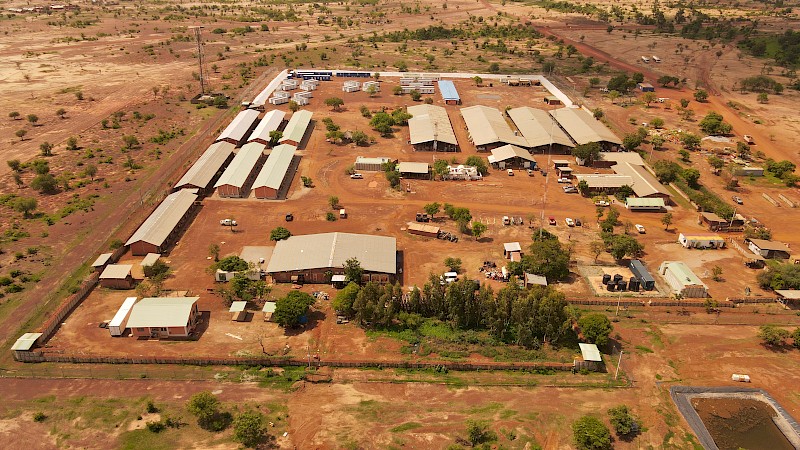Orezone reports strong Q1 at Bombore gold mine

Orezone Gold Corp. [ORE-TSXV] is reporting a strong first full quarter of production following the recent ramp-up to commercial production at its Bombore gold project in Burkina Faso, West Africa.
The company said it is well positioned to meet its 2023 annual production guidance of 140,000 to 155,000 ounces, after reporting gold production of 41,301 ounces in the first quarter of 2023.
The company also reported first quarter gold sales of 43,139 ounces at a realized price of US$1,892 an ounce, resulting in sale proceeds of US$81.6 million.
“Following a successful ramp-up to commercial production in Q4, 2022, Q1 marks a strong first full quarter of production at Bombore,’’ said Orezone President and CEO Patrick Downey.
On April 4, 2023, Orezone shares traded at $1.41 in a 52-week range of $1.81 and $1.06.
Bombore is situated 85 kilometres east of the capital city of Ouagadougou and is accessible via a paved international highway.
Back in June 26, 2019, the company announced an updated feasibility study, which outlined a long-life, low-cost open pit gold mine. Initial construction costs are estimated at $153 million.
The project hosts a large oxide resource underlain by a larger, open sulphide resource, and will be developed in two stages to reduce project costs.
The project includes a measured and indicated resource of 5.1 million ounces, grading 0.69 g/t gold. That includes reserves of 1.8 million ounces at a grade of 0.81 g/t gold.
That material is expected to sustain an open pit mining operation for 13 years. Life of mine cash costs are estimated to be US$681 an ounce. The life of mine all in sustaining cost (AISC) is forecast to be US$730 an ounce.
Gold resources at the site occur at surface in several zones contained within a gold-in-soil anomaly that extends virtually uninterrupted at a level of plus 0.1 g/t for 14 kilometres and represents the largest gold-in-soil anomaly in the country.
Approximately 40% of the total resource occurs in the shallow weathered horizon (average depth about 45 metres) and economic pit shells that constrain the resource can reach depths of up to 200 metres.
The company planned to develop the project in stages with Stage 1 focused on the Free Dig shallow oxide reserves as a carbon-in-leach (CIL) operation with no crushing and minimal grinding with average recoveries of 87%.
Stage two will focus on underlying higher-grade sulphides with a separate crushing and grinding circuit feeding the same CIL circuit as the oxides.
On Wednesday, the company said work on the sulphide expansion study continued during the first quarter of 2023, with metallurgical test work and flowsheet optimization now complete. The Phase 11 sulphide expansion study update remains on track for completion in the third quarter of 2023.
